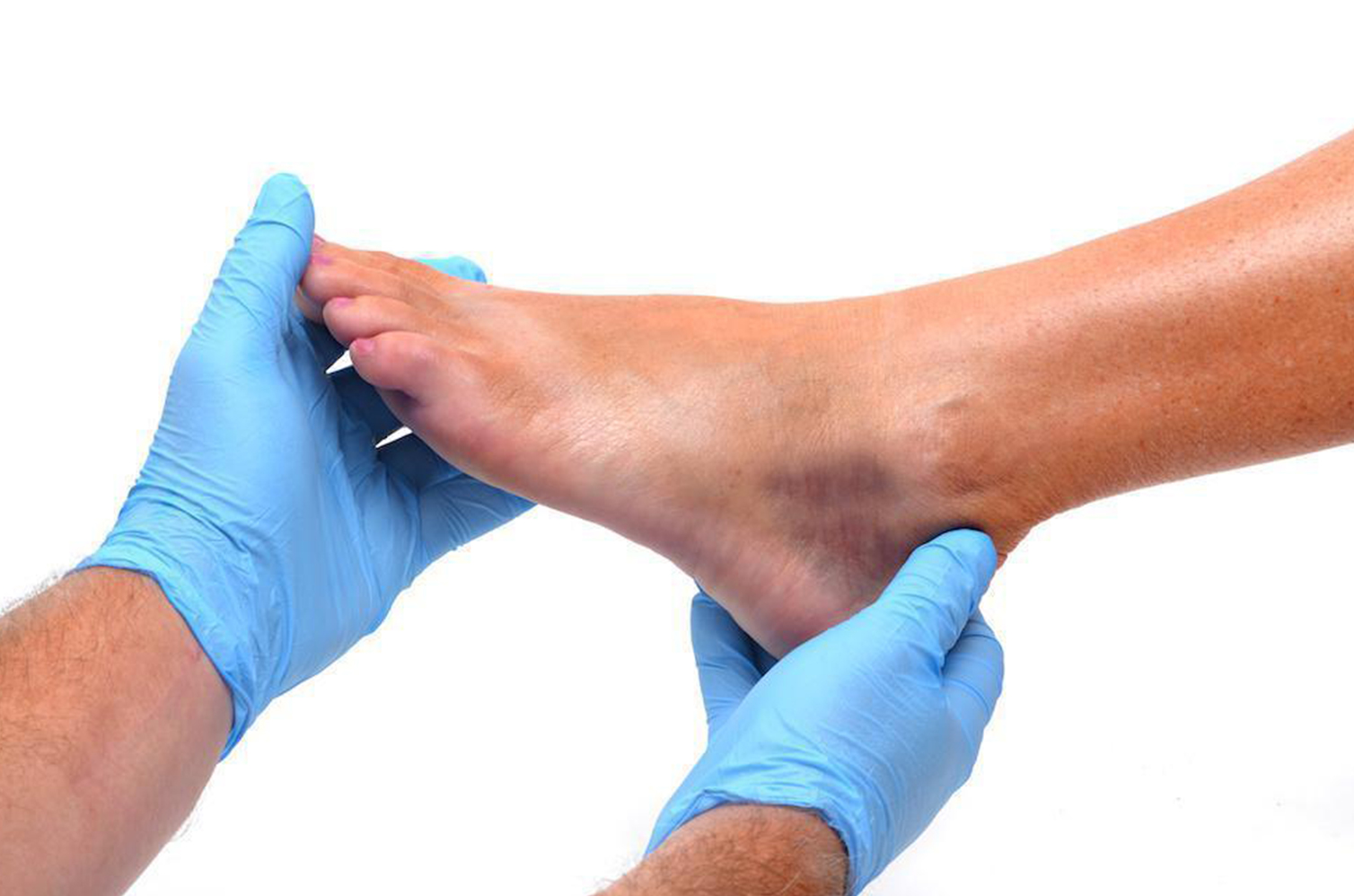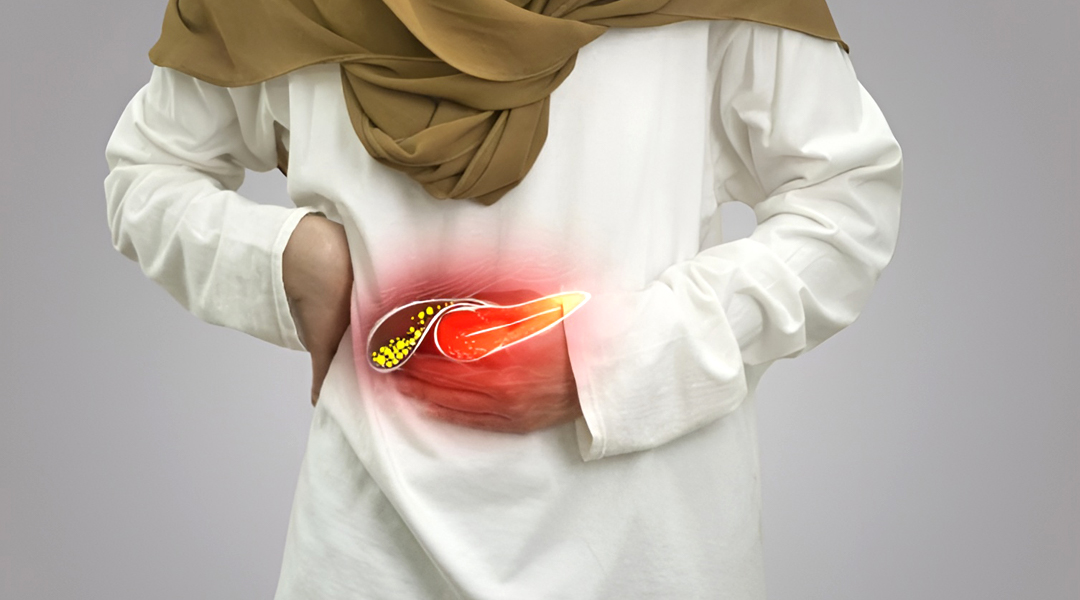Patient Profile
- Age: 30 years
- Gender: Male
- Diagnosis: Patella Vertical Open Fracture
- Procedure Done: Emergency Wound Debridement + Cannulated Cancellous Screw Fixation of Right Patella
- Date of Surgery: Date of Surgery: 5th May 2025
- Surgeon: Dr. Arun Kumar K V
How the Injury Occurred: Real-Life Road Accident Case
The Patient a 30-year-old man, was involved in a road traffic accident (RTA) involving two two-wheelers. The accident took place near Sholinganallur Tollgate, Chennai, around 11 AM. During the collision, an iron rod struck his right knee with great force.
The trauma caused a deep wound along with intense pain, swelling, and bleeding. They rushed him to the hospital immediately for evaluation and treatment.
He had no symptoms like fever, stomach pain, urinary problems, or diarrhea. This lets doctors focus mainly on his orthopedic injury.
What Is a Patella Vertical Open Fracture?
The patella, commonly known as the kneecap, is a small, flat bone located in front of the knee joint. It plays a key role in extending the knee and protecting the joint underneath. A vertical fracture is a break that runs from top to bottom along the length of the patella. When doctors term it an open fracture, they mean the broken bone punctured the skin, making the wound susceptible to infection. Experts consider these injuries orthopedic emergencies because of the high risk of bacteria entering the bloodstream or deeper tissues. In this Patient’s case, the iron rod split his patella and broke through the skin. This was a dangerous situation that needed urgent surgery.
Initial Assessment and Medical Findings
Upon admission, The Patient underwent a full clinical assessment. The following were his vital signs:
- Temperature: 97.6°F (normal)
- Heart Rate: 72 beats per minute
- SpO2: 98% (normal oxygen saturation)
- Blood Pressure: 130/70 mmHg
- Blood Sugar: 166 mg/dL
The patient was alert, awake, and stable. No signs of cyanosis (bluish skin), jaundice, swollen lymph nodes, or unusual lung or heart sounds existed. The doctors focused their attention on the visible trauma to the right knee, which was swollen, bleeding, and had an open wound.
Why is this Injury so Serious?
Open fractures, especially in weight-bearing joints like the knee, are extremely serious for several reasons:
1. Infection Risk:
The bone is exposed to external elements, increasing the chance of infection that can spread quickly.
2. Joint Damage:
The joint can become unstable or sustain permanent damage without proper alignment and fixation.
3. Loss of Movement:
If untreated or poorly treated, the knee might lose its ability to bend or support weight.
4. Complicated Recovery :
Open fractures take longer to heal, and rehabilitation is essential.
The Patient arrived quickly at the hospital. His timely surgery helped prevent long-term problems.
Detailed Surgical Procedure
1. Pre-Surgical Preparation:
The Patient was taken to the operating theater. They placed him in a supine position (lying on his back). The doctors did the surgery with spinal anesthesia. This let him stay awake but free from pain below the waist. The medical team cleaned and sterilized the area around the wound. They used surgical drapes to keep the environment sterile.
2. Incision and Access:
A 10 cm skin incision was made through the already existing wound over the front side of the knee. The surgeon carefully cut the skin and fat tissues and moved them aside to show the broken kneecap.
3. Wound Cleaning (Debridement):
To eliminate all contaminants and dead tissues, a thorough wound debridement was performed using:
- Hydrogen Peroxide to kill bacteria
- 5 liters of Normal Saline for mechanical cleaning
- Betadine solution as an antiseptic
This step is crucial in preventing post-surgical infection.
4. Repairing the Fracture:
The doctors found a vertical split in the patella. Using a patellar clamp, the surgeon aligned the bone fragments properly. The surgeon fixed the broken bone with two special screws. One screw was 45mm long, and the other was 50mm long.
Engineers specially design these screws for orthopedic use, allowing better grip in spongy bone tissue like the patella. Their hollow center allows precise positioning over a guide wire.
5. Use of Imaging:
Throughout the procedure, the surgical team used a C-Arm, a mobile X-ray device that shows real-time imaging. This ensured that the team perfectly aligned and stabilized the fracture before completing the surgery.
6. Tendon and Wound Closure:
- The patellar tendon was sutured with Vicryl, a dissolvable stitch.
- A drain tube was placed to remove any collected fluids after surgery
- The deeper tissue layers were closed with Vicryl sutures.
- The surgeon closed the skin using surgical staples.
- The medical team applied a sterile dressing and fitted a knee brace to support the joint during the healing phase.
Post-Surgery Recovery Plan
The success of surgery depends greatly on post-operative care. Here’s what the recovery plan included for the Patient:
1. Hospital Stay:
- Monitoring for signs of infection (fever, redness, pus).
- Managing pain and swelling using prescribed medications.
- Continue to drain care until you reduce fluid output.
2. Antibiotics and Pain Relief:
Given the open nature of the wound, antibiotics were given to prevent infection. Pain relievers helped the patient stay comfortable during the first few days.
3. Use of Knee Brace:
The knee brace helps to:
- Keep the patella aligned
- Prevent sudden movements
- Support weight during walking
4. Physiotherapy:
After a few days, once the wound starts healing:
- Gentle physiotherapy is introduced
- You start gradual exercises to regain strength and motion.
- Weight-bearing is slowly resumed
5. Wound Care at Home
Patients are advised:
- To keep the wound clean and dry
- Attend follow-up visits
- Watch for signs of complications
Takeaway Message
The Patient’s case shows that knee injuries from road accidents are serious and should not be ignored. Even if bleeding stops or pain subsides, internal damage like a fractured patella can worsen without proper treatment.
Quick diagnosis, prompt surgical care, and good rehabilitation ensured The Patient had the best chance at full recovery. Thanks to Dr. Arun Kumar K V and his surgical team, he is on the way to fully use his knee again.
Tips to Prevent Knee Injuries in Accidents
- Always wear knee guards when riding two-wheelers.
- Obey traffic rules and ride cautiously, especially in congested areas.
- In case of an accident, don’t delay medical evaluation even if the injury seems minor.
- Keep your first aid kit ready for immediate wound care before reaching the hospital.
Conclusion
The Patient’s injury and recovery show how to manage a severe patella open fracture with good medical care. With a combination of modern surgical techniques, proper hygiene, and planned rehabilitation, such orthopedic emergencies can have excellent outcomes.
If you or someone you know experiences a severe knee injury, seek medical help without delay. Early action can save the joint and restore normal movement.
FAQ About Patella Fractures
1. How long does it take to heal a patella fracture?
Generally, it takes about 6 to 12 weeks. Full recovery depends on the severity and the patient’s overall health.
2.Can you walk after patella surgery?
Throughout the procedure, the surgical team used a C-Arm, a mobile X-ray device that shows real-time imaging. This ensured that the team perfectly aligned and stabilized the fracture before completing the surgery.
3.Will someone need to remove the screws later?
In many cases, doctors may leave the screws in place permanently if they don’t cause pain or limit motion.












